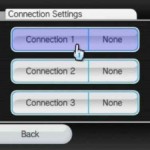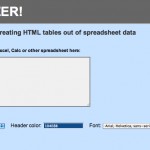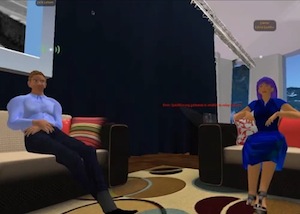I think most of us tend to forget the behind-the-scenes aspect of the technology we use. Take broadcast towers for example – some lucky person gets to climb to the very top of them, as you’ll get to see in the video below. It must take some courage to do that sort of work – certainly more than the average worker in a data centre or IT department.
Have a look for yourself, unless you have a fear of heights:








Recent Comments